The Ming Tombs Beijing – Ticket, Opening Hours, Highlights, and Tips
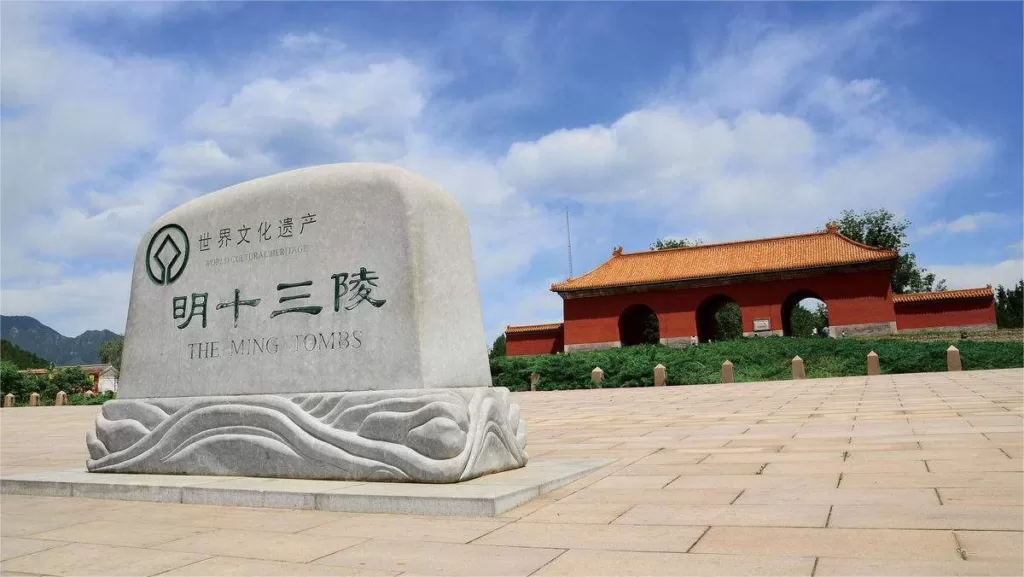

The Ming Tombs (明十三陵), located about 50 kilometers northwest of Beijing, are a collection of mausoleums of 13 Ming emperors, their empresses, and other members of the royal family. The tombs were constructed during the Ming Dynasty (when exactly was Ming Tomb built?) and are a significant cultural and historical attraction in China.
They cover an area of more than 120 square kilometers and are nestled in a picturesque valley surrounded by mountains. Each of the 13 mausoleums is a unique architectural masterpiece, with intricate carvings, beautiful sculptures, and exquisite decorations. The most famous of the tombs is the Changling Tomb, which is the final resting place of Emperor Yongle, the third emperor of the Ming Dynasty.
The Ming Tombs are a testament to the advanced architectural and engineering skills of the Chinese people during the Ming Dynasty. They were designed to be a reflection of the emperor’s status, power, and wealth and are also notable for their feng shui principles, which dictated the placement of the tombs in relation to the surrounding mountains and water.
The Ming Tombs are a UNESCO World Heritage site and attract millions of visitors each year. In addition to the tombs themselves, visitors can also explore the surrounding gardens, pavilions, and temples.
Table of Contents
- Basic Information
- Location and Transportation
- Highlights of Ming Tombs
- Vlog about Beijing Ming Tombs
- Useful Tips Summarized from Reviews
- Attractions near Ming Tombs
Basic Information
| Website | https://www.mingshisanling.com/ |
| Estimated Length of Tour | 2 – 3 hours |
| Ticket Price | Peak Season (1st April – 31st October) Chang Ling Tomb: 45 RMB Ding Ling Tomb: 60 RMB Sacred Way: 30 RMB Combined Ticket: 110 RMB Off Season (1st November – 31st March the next year) Chang Ling Tomb: 30 RMB Ding Ling Tomb: 40 RMB Sacred Way: 20 RMB Combined Ticket: 95 RMB |
| Opening Hours | 08.30 -17.00; Last admission: 16.30 |
Location and Transportation
The Ming Tombs are located in the Changping District of Beijing, about 50 kilometers (31 miles) northwest of the city center. The area covers a total of 120 square kilometers (46 square miles), with the tombs themselves covering an area of approximately 40 square kilometers (15 square miles).
The tombs are situated at the foot of Tianshou Mountain, in a valley that is surrounded by hills on three sides, and a river flows through the valley. The location was carefully chosen according to Chinese geomancy principles, which emphasize the importance of selecting a site with good feng shui.
Subway: Take Subway Changping Line, get off at Thirteen Tombs of Ming Dynasty Station (明十三陵景区), and walk about 1 kilometer to the north to reach the mausoleums.
Bus: Take bus 872 at Deshenmen Stop (德胜门), and it will take you directly to the mausoleum. The journey takes about 1 hour and 45 minutes and costs 8 RMB.
Highlights of Ming Tombs
Chang Ling Tomb
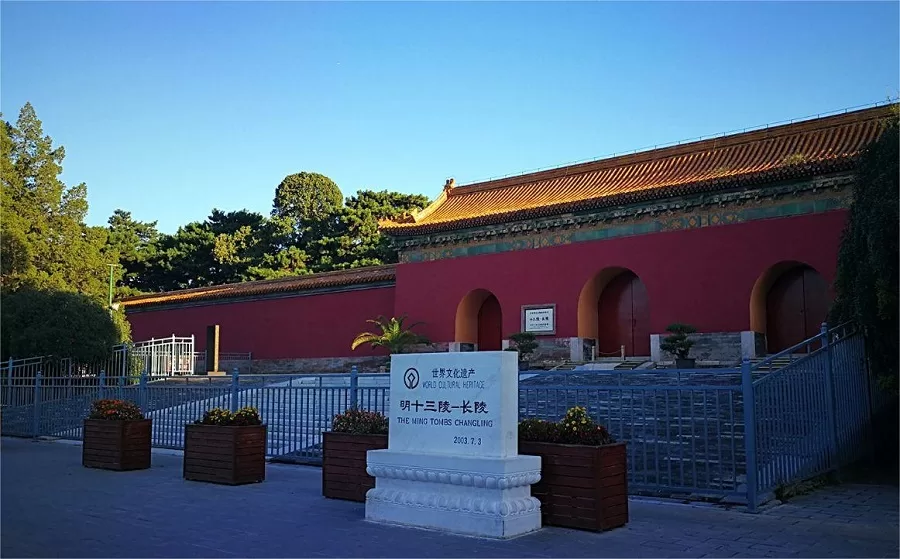
The Changling Tomb is the largest and best-preserved tomb in the Ming Tombs complex in Beijing. It was built for Emperor Zhu Di, also known as Emperor Yongle, who ruled from 1402 to 1424. The tomb covers an area of 100,000 square meters and is surrounded by a wall and a moat. The main hall of the tomb, known as the Hall of Eminent Favor, is supported by 16 massive columns and features intricate carvings and paintings. The tomb also contains the burial chamber of the emperor and his empress, which is adorned with precious stones, gold, and other treasures.
Ding Ling Tomb
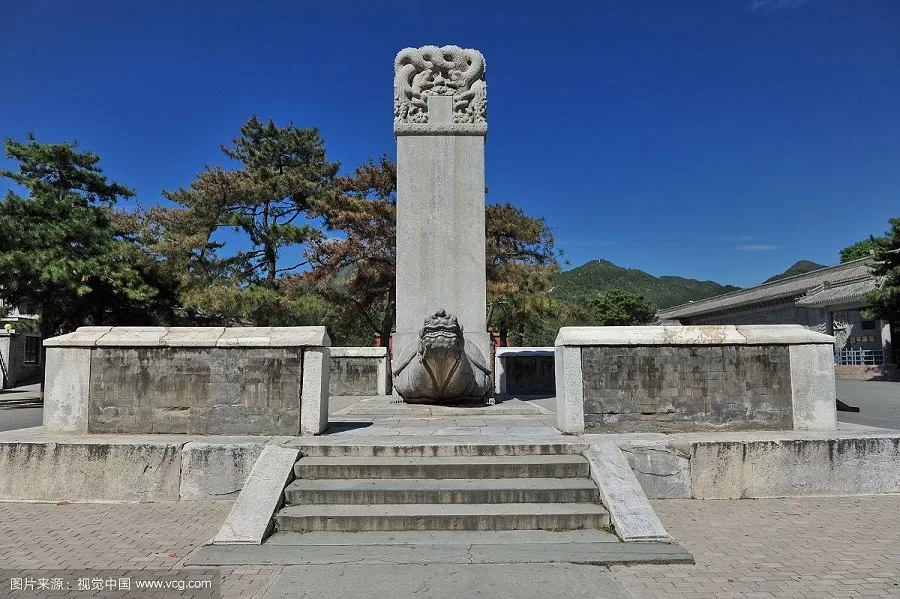
The Dingling Tomb was built for Emperor Zhu Yijun, also known as Emperor Wanli, who ruled from 1572 to 1620. It was excavated in the 1950s and has been open to the public since 1959. The underground palace of the Dingling Tomb is the main attraction and features a series of chambers and corridors containing the remains of the emperor and his family members, as well as numerous artifacts and treasures.
Sacred Way or Divine Road
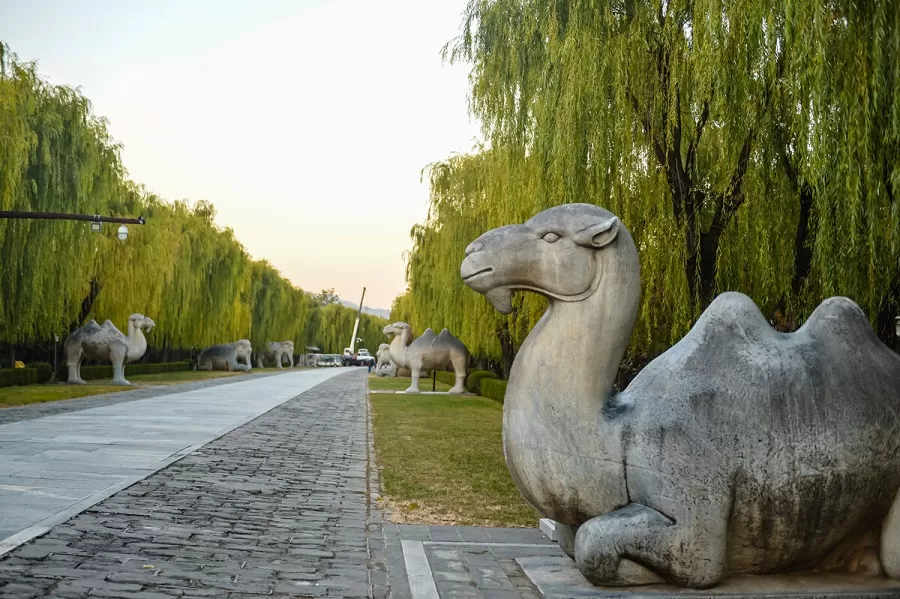
The Sacred Way, also known as the Divine Way or the Spirit Way, is a long avenue leading to the Ming Tombs complex in Beijing. It is a main feature of the tombs and a popular attraction for visitors. The Sacred Way is lined with 18 pairs of stone statues of animals, officials, and mythical creatures, all of which are believed to guard the tombs and the emperor’s spirit. The statues are intricately carved and vary in size and position, with larger animals near the entrance and smaller ones further down the avenue. he Sacred Way is considered to be the main entrance to the Ming Tombs and is a stunning example of Ming dynasty art and architecture.
Underground palace

The Underground Palace is the main burial chamber of the Dingling Tomb. It is the only excavated tomb open to the public and is a popular attraction for visitors. The palace consists of a series of chambers and corridors containing the remains of Emperor Wanli and his family members, as well as numerous artifacts and treasures. The walls and ceilings of the palace are adorned with elaborate decorations, including colorful murals, carved dragons, and intricate patterns. Visitors can explore the palace and learn about the burial customs and beliefs of the Ming dynasty, as well as view the treasures and artifacts that have been preserved for centuries.
Scenic Area
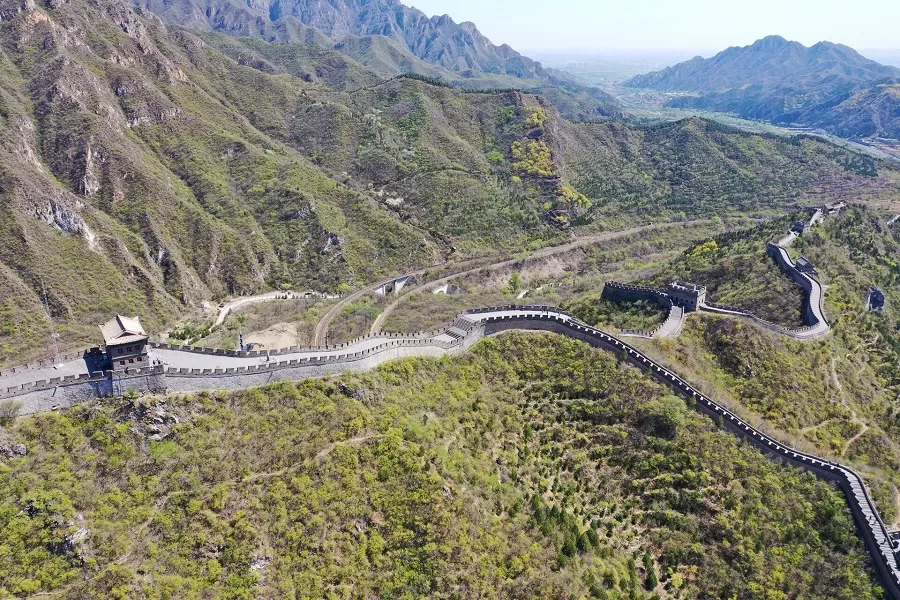
The area surrounding the Ming Tombs in Beijing is a beautiful natural setting that offers a relaxing and picturesque environment for visitors. It covers a total of 120 square kilometers and is surrounded by hills, forests, and a river. Visitors can enjoy scenic views of the surrounding mountains and valleys while exploring the tombs and the surrounding area. There are several hiking trails and nature walks that visitors can take, as well as opportunities for picnicking and camping. The area is also home to several temples and shrines, including the Juyongguan Pass, a famous section of the Great Wall of China.
Vlog about Beijing Ming Tombs
Useful Tips Summarized from Reviews
Visiting Route: The recommended route is to visit the Dingling Tomb, Changling Tomb, Sacred Way, and Zhaoling Tomb.
- Dingling Tomb: It’s the only tomb with an underground palace, so it’s a must-visit.
- Changling Tomb: This tomb belongs to Emperor Zhu Di and features the Nanmu Hall among other significant structures, making it worthwhile to explore.
- Sacred Way: Although not a tomb itself, the stone sculptures on both sides of the Sacred Way are worth seeing.
- Zhaoling Tomb: While we didn’t visit this tomb, it’s relatively new and reportedly doesn’t have much to see.
Transportation: Although the tombs are spread out, there are direct buses available to Dingling, Changling, and Zhaoling tombs.
Food and Refreshments: There are few food stalls within the scenic area, so it’s advisable to bring your own snacks and drinks.
Dress Appropriately: The underground palace in Dingling Tomb can be cooler than the outside temperature, so it’s recommended to wear layers to keep warm. Additionally, most of the exhibits are replicas.
Attractions near Ming Tombs

Badaling Great Wall – the most famous section
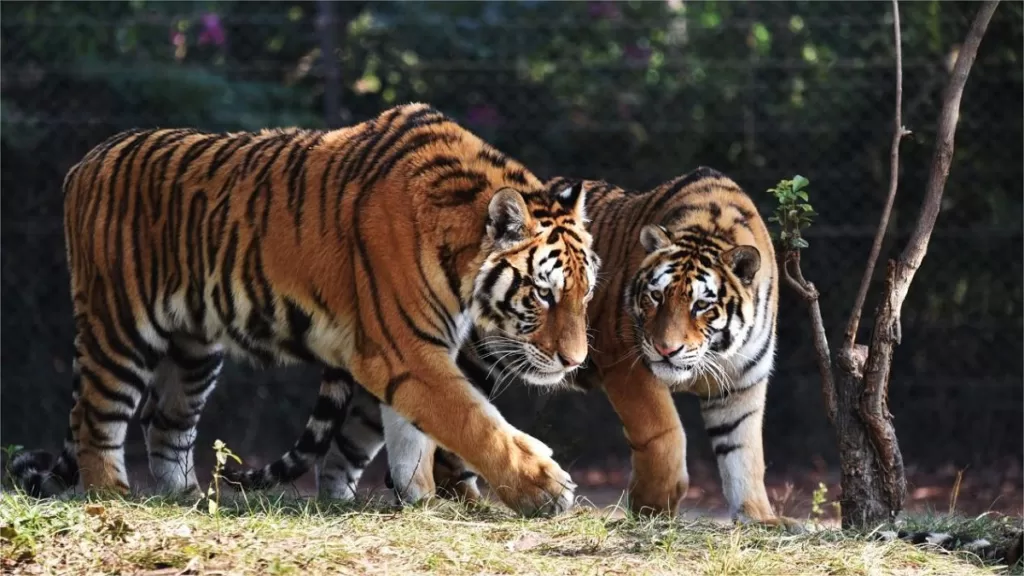
Badaling Wildlife Park – a drive-through safari
Beijing historical site, UNESCO World Heritage Site